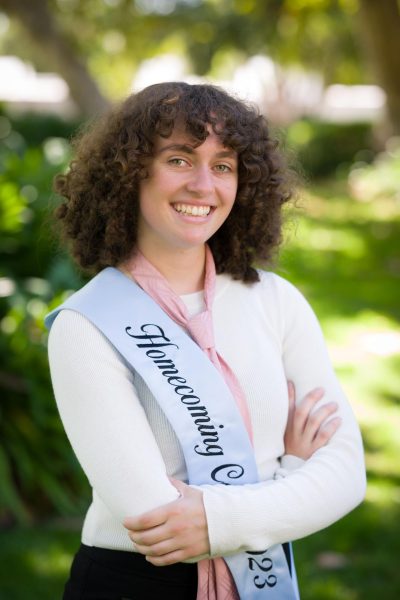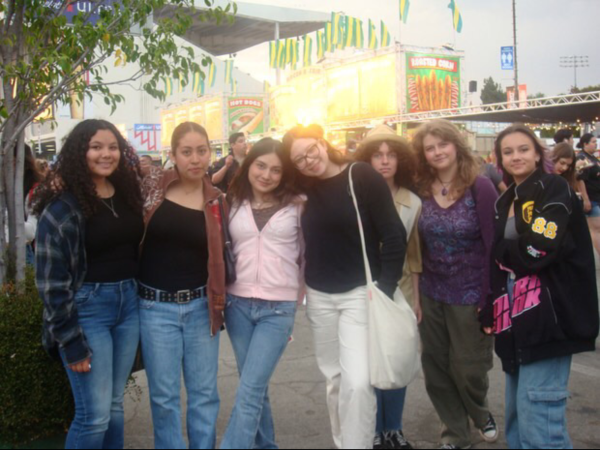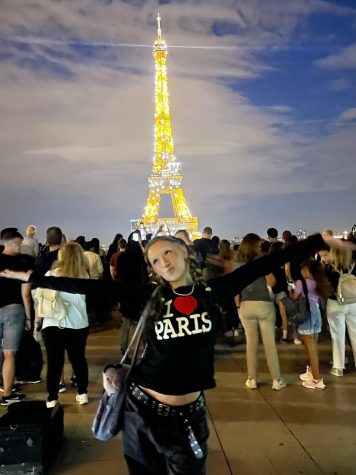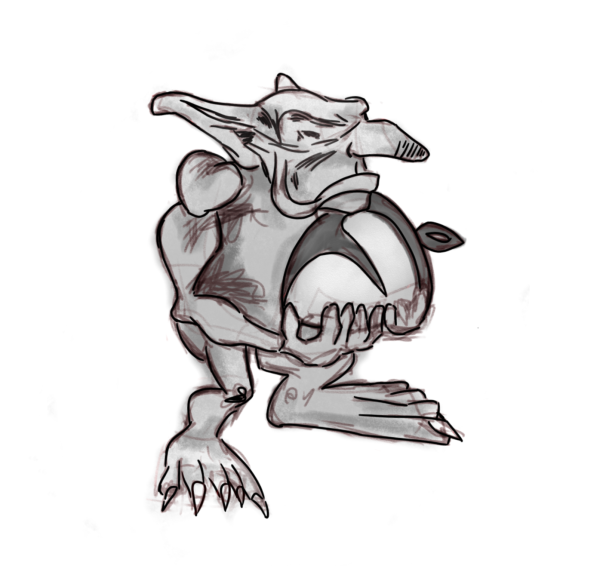End Overdose: Naloxone should be over-the-counter
2022 saw the deaths of over one hundred thousand people due to opioid overdose, slightly surpassing the previous year. It is not controversial to say that the opioid crisis is an appalling part of the current American reality. The root of the problem, drug abuse, has long been treated as a moral failing. Research into addiction and risky drug use as a medical issue has historically been neglected, so while treatment for these conditions is available and recommended, what exists is far from perfect. However, although fully comprehensive and accessible addiction treatment is still on the edge of the horizon, preventing deaths from opioid overdose in particular should be relatively easy with current medicine. The vast number of lives lost due to opioids each year is not a crisis of lack of research; it is instead a crisis of stigma and inaccessibility.
Naloxone, also known by its brand name, Narcan, works by attaching to the brain’s opioid receptors, temporarily preventing the opioids themselves from taking effect. Narcan has no effect on whether someone experiences an overdose, but it can stop opioids from killing a person who is experiencing one. The effects of Narcan wear off much faster than the effects of most opioids, so continued doses are recommended every five to ten minutes, and it is best used to postpone the overdose until emergency responders arrive with more thorough lifesaving equipment. That said, like any first aid procedure, the administration of naloxone during the minutes spent waiting for EMTs to arrive can mean the difference between life and death.
Plainly, naloxone is a scientific godsend. When administered quickly and properly, it is able to reverse about 93-95% of overdoses for long enough to save a person’s life.
Despite these overwhelming benefits and comparatively inconsequential side effects, the drug is only FDA-approved to be prescribed by doctors. Only about 3% of patients prescribed opioids also have a prescription for Narcan, even though more than half of all prescription opioid users engage in behaviors that put them at an elevated risk for overdose. Among those actively in treatment for opioid addiction, around 17% have a Narcan prescription even though anyone experiencing opioid addiction is at an elevated risk of overdose. These are the numbers for people the government knows are taking opioids. One shudders to think of how unlikely it is for anyone knowingly or unknowingly taking illicit opioids to have Narcan nearby in case the worst happens.
Options for getting naloxone without a prescription do exist in most places. Pharmacies in California are supposed to dispense Narcan from behind the counter with or without a prescription. As much as state laws are preferable to what the federal government mandates, they still create unnecessary hoops for those seeking access to a life-saving and mostly non-dangerous drug to jump through. Asking a pharmacist for Naloxone without a prescription when opioid use and overdose are as stigmatized as they are can be more intimidating than simply bringing it to the cashier. Oftentimes, pharmacists are not even aware that they are supposed to sell Naloxone without a prescription, and may turn those seeking it down.
No one deserves to die from an opioid overdose, and the existence of Naloxone means that no one has to, but accessibility is a necessary part of that equation.
Hello there! Our goal is to provide relavent, engaging journalism for readers of all ages. Your donation will support the student journalists of the Wolfpacket at Claremont High School, and will allow us to purchase equipment, print our monthly issues, and enter in journalism competitions. We appreciate your consideration!
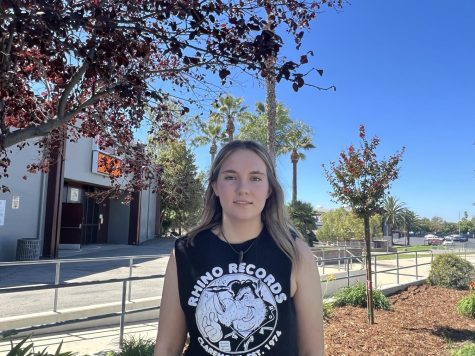
Kat Griswold, a senior at CHS, is a reporter for The Wolfpacket this year. Her excitement for Wolfpacket stems from a number of things, such as her enjoyment...




